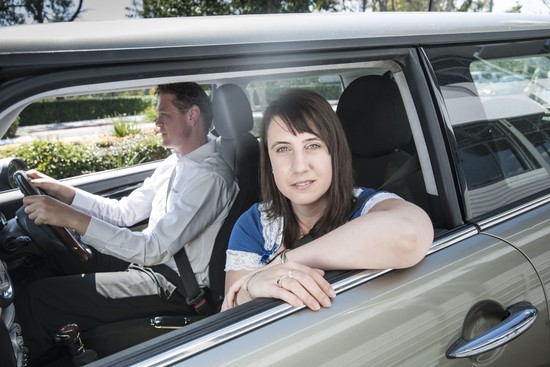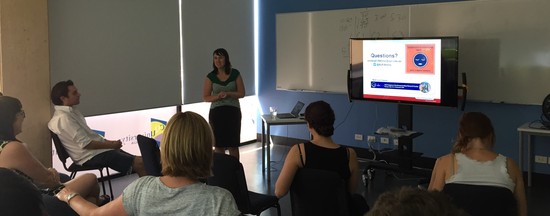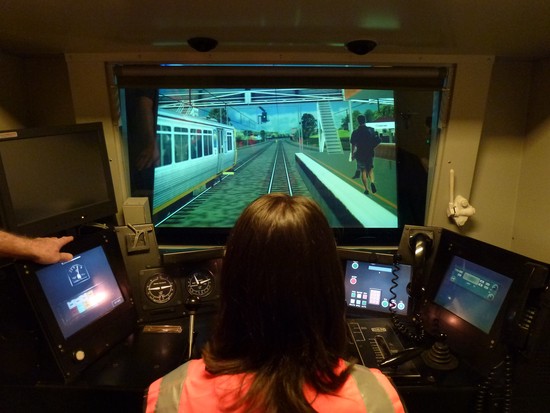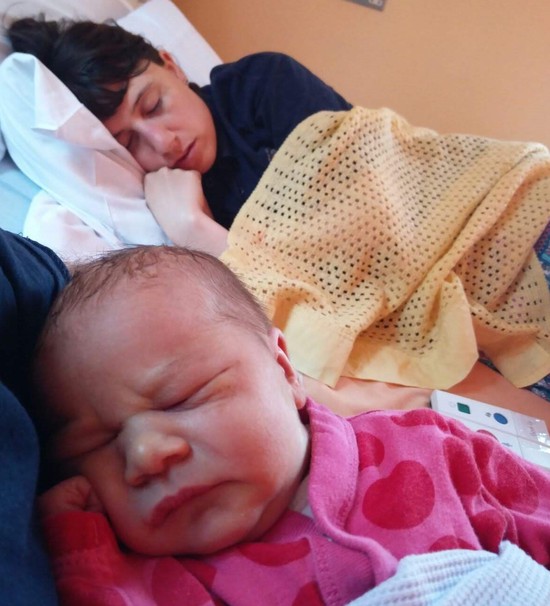Operator’s behaviour accounts for the majority of accidents in various transport sectors (road, rail, aviation and maritime) and thus identifying human factors associated with increased risk, monitoring operators, and applying remedial interventions, are paramount in reducing risk across transport entities. Operator’s mental state (fatigue, sleepiness, stress, emotions, illness, distraction), speeding, tailgating and illegal maneuvering are among human factors associated with increased risk. Although similar risk factors exist in all transport sectors, monitoring operators and applying interventions is more widespread in the road sector and there is a lack of knowledge sharing that could potentially provide insight for reducing human factors among all transport sectors. As the first step in establishing such a guideline, this paper aims to investigate the possibility of transferring knowledge about operator monitoring and intervention strategies between different transport sectors, i.e. road, rail, aviation and maritime. This transfer of knowledge is investigated from three perspectives: (i) most important risk factors that are common among sectors, (ii) monitoring technologies that are used in each sector, and (iii) intervention strategies that could be implemented in reducing risk in each sector. To achieve this objective, the most important risk factors in rail, aviation, and maritime sectors are first reviewed from the literature. The iDREAMS naturalistic driving study is then selected as a case study from the road sector and the risk factors, monitoring technologies and intervention strategies are reviewed and compared with the ones identified in the other sectors from the literature review. Results indicate that heart-rate measurements, eye tracking techniques, and speech recognition are used for monitoring workload, drowsiness/fatigue, stress, and situational awareness in the aviation sector. However, a complementary use of unobtrusive sensors seems necessary to enhance the reliability of monitoring. Proactive treatments such as taking a nap, caffeine intake, proper sleep environment, sufficient hours of uninterrupted sleep per night, consecutive nights recovery sleep are used for monitoring the operator’s fatigue, sleepiness, and situational awareness in the maritime sector. Furthermore, in-cabin collision alert systems and blue light exposure are used as real-time interventions in this sector. None of the rail, aviation, or maritime sectors make use of systematic post-trip interventions to achieve a sustainable behavioural change over time.














